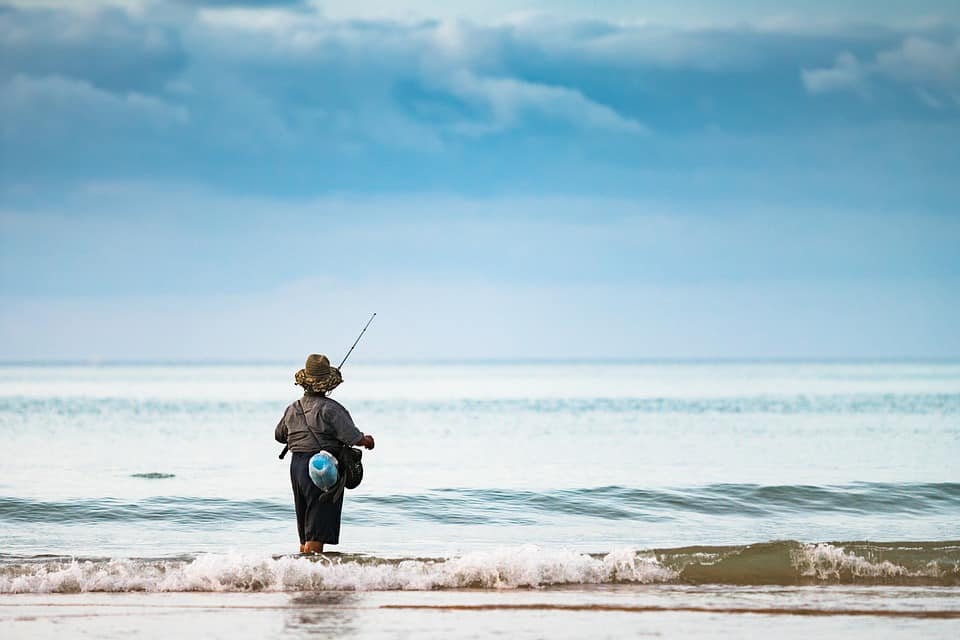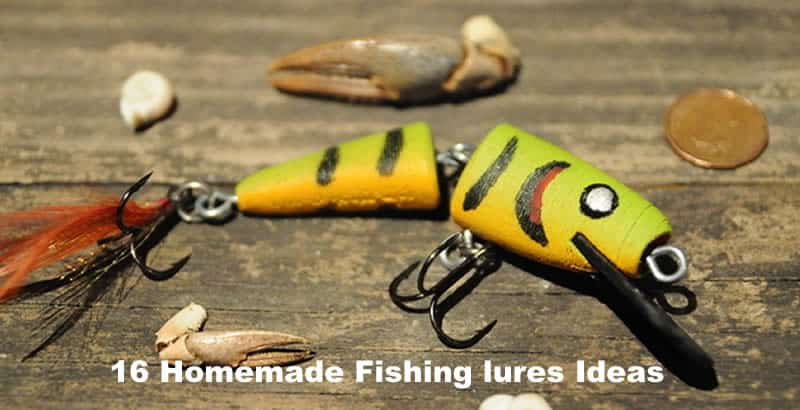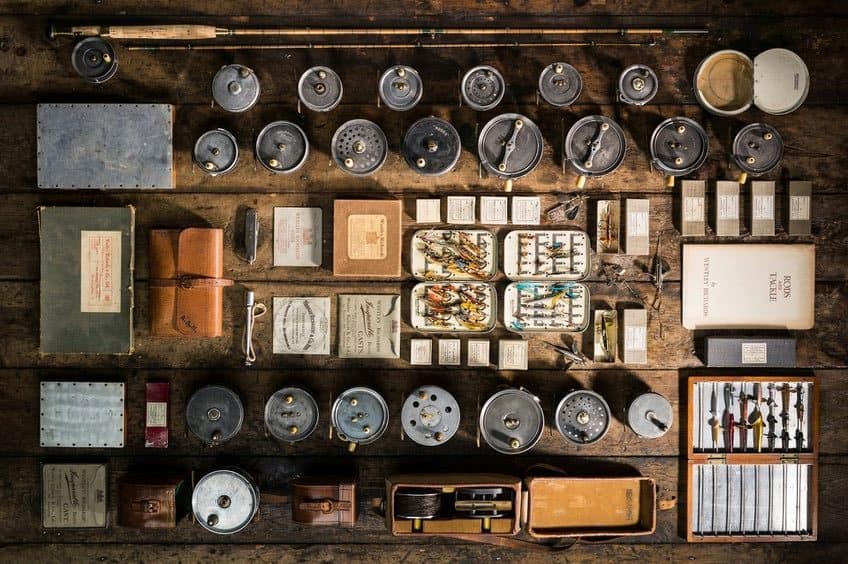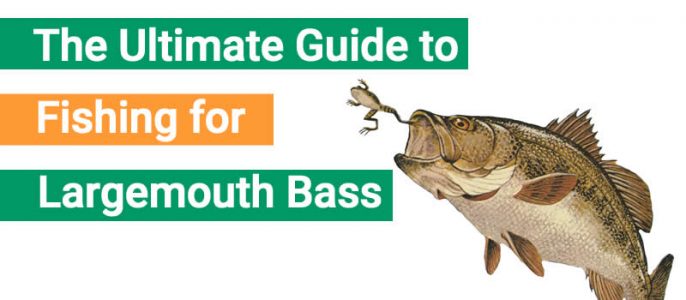If you buy via a link on this page, we may receive a commission, at no extra cost to you.Learn more
One of the most frustrating aspects of fishing is having your line turn into a tangled mess. If it’s bad enough, your day can be over before it’s begun. Instead of enjoying a day fishing, you end up on the bank trying to sort out your kit. The frustration builds as you try to untangle and get back to fishing. You watch others catch fish while you fight with a line that just won’t straighten out. I know I’ve been there myself. The annoying problem is called line memory.
How can we remove memory from a fishing line? The best way is to stretch it out. Tie off your line to an anchor point and attach a swivel to the end of the line. Remove 50-75 feet of line. Now work your way up the line stretching it with your fingers. Although this takes time, you will notice a difference in the line.
Can you avoid line memory? Read on as we explain why this happens and how to eliminate line memory.
What Is Fishing Line Memory?
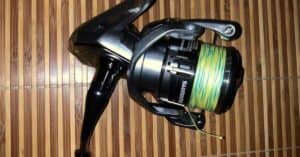
When you apply a fishing line to a spool, the line memorizes the set of the spool. The longer the line stays on the spool, unused, there is more chance of it forming a memory. When you pull the line off the spool, there may be significant coiling. If the line coils, it will create problems when casting. If you ignore line memory, it will eventually tangle. Now you have a bigger problem to deal with.
How Do You Avoid Line Memory?
The best cure to line memory is to avoid it in the first instance. Proper care and maintenance of your fishing line will help prevent memory. Spool new lines with the help of a line spooler station. Using a fishing line spooler will ensure that the line goes onto the spool as it is meant to. When a line has been spooled correctly, the chance of it forming a memory diminishes.
Store your line in a dark place without humidity and excess temperatures. Remove all lures and secure your line, on the reel, with an elastic band. Do not put the elastic band on tightly. Deal with any kinks or twists in the line immediately. Most twists or coils will be in the first 10-20 yards. Stretch the line out. If this fails to correct the problem, read on, we will deal with it.
Which Fishing Line Has The Least Memory?
There are three main fishing lines for the average angler.
- Monofilament
- Fluorocarbon
- Braid
Of these three lines, braid has the least memory. Braided lines are less likely to coil on the spool.
Does Fluorocarbon Line Have A Lot Of Memory?
The simple answer to this question is yes. The Fluorocarbon line is stiffer and has more memory than the monofilament line. Of the three lines, fluorocarbon will retain the most memory. In the fishing world, the fluorocarbon line has its place. It is excellent for bottom fishing as it is a sinking line.
Will Hot Water Take Memory Out Of Fishing Line?
Hot water can aid in the removal of line memory. Make sure that the water is not too hot. Remove the spool from the reel. Place the spool under a tap of running hot water. Rotate the spool to ensure the entire line receives water. When you heat the line like this, it can aid in removing memory. The Monofilament line will benefit from this procedure. Nylon monofilament relaxes when it absorbs water and reduces memory.
Do You Need To Wet Braid Before Spooling?
You should never wet the braid before spooling. If you wind a wet braided line onto a spool, it will cause problems. As the wet braid dries on the spool, it will become loose. The line will start to slip on the spool. I prefer to start my spool by using a monofilament backing of 10-20 yards. Tie the monofilament backing to the braid by utilizing an arbor knot. Now apply the braid to the spool in a dry condition.
How To Get Memory Out Of Fluorocarbon Line
Firstly, the fluorocarbon line needs to be stretched. If this doesn’t work, then soak the line in warm water. Put the spool in a small tub of warm water. Leave it for about ten minutes. Allow the line to dry off, and test it. Treating a fluorocarbon line with a line conditioner can also help prevent memory. There are also low-memory fluorocarbon lines on the market. Fluorocarbon lines are affected by factors such as tension, temperature, and humidity. Store the line as previously outlined.
FAQs
We have discussed how line memory forms, how to treat it, and how to prevent it. Now let’s look at some of our top FAQs.
How Do I Keep My Fishing Line From Curling?
We get asked this question a lot. The average angler will have never heard of line memory. Now we are aware the coils in the line are the result of line memory. If you fail to put the line onto the spool correctly, it may curl. Older fishing lines can soak up more water and become loose. The result is the line tends to curl when you cast it. A low-drag setting can also cause curls. Set the drag high. This will allow the fish to fight and keep your line straight. Replace older fishing lines. Make sure the lure weight matches the line. For example, if you use a light lure with a heavy line, the chance of the line curling increases.
Why Do You Soak Fishing Line Before Spooling?
Before loading my reel with a monofilament line, I like to soak it. This is to help the monofilament go limp-like braid. Put the line in a bucket of warm, not hot, water. You can leave the line for a few hours. The line will absorb water and will darken. It will go softer and make it easier to wind smoothly onto the reel. It is not necessary to soak fluorocarbon fishing lines, but some argue that it will reduce memory. I typically soak the fluorocarbon line for no more than thirty minutes. Most modern fishing lines come pre-waxed from the factory. They have been treated with a water-repellent coating. Soaking for too long can cause harm to the line. I never soak braid as it can lead to slippage on the reel.
How Do You Remove Memory From A Fluorocarbon Leader?
When I take a length of fluorocarbon line to use as a leader, I like to give it one good stretch. Tie the line off and gently give it a stretch. This should remove any memory. Do not continually stretch the line, as this may weaken it. If you store a leader line for future use, check it for memory before attaching it to the main line.
Final Thoughts
Fishing line memory is the bane of all anglers’ existence. Prevention is always better than cure. Take the time to check your line. Do not ignore line memory. If you do, your line will fail you at the most critical moment.
Nobody likes to lose a good fish. To lose a fish because you didn’t inspect the line is a rooky mistake. Perhaps one day, science will provide a fishing line without memory. Until that day comes, it is up to us to do our due diligence. Broken lines leave hooks in fish, causing them harm. Be diligent and land more fish. Happy fishing.

